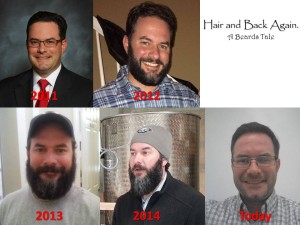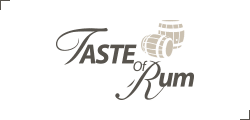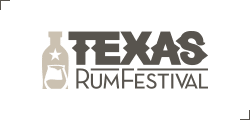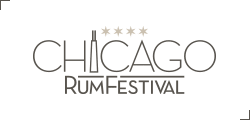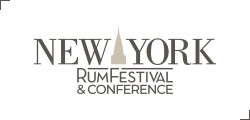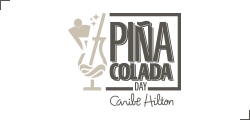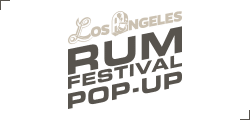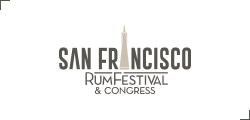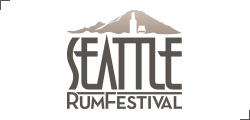Industry Interview with Casey Miles – Founder of The California Spirits Company.
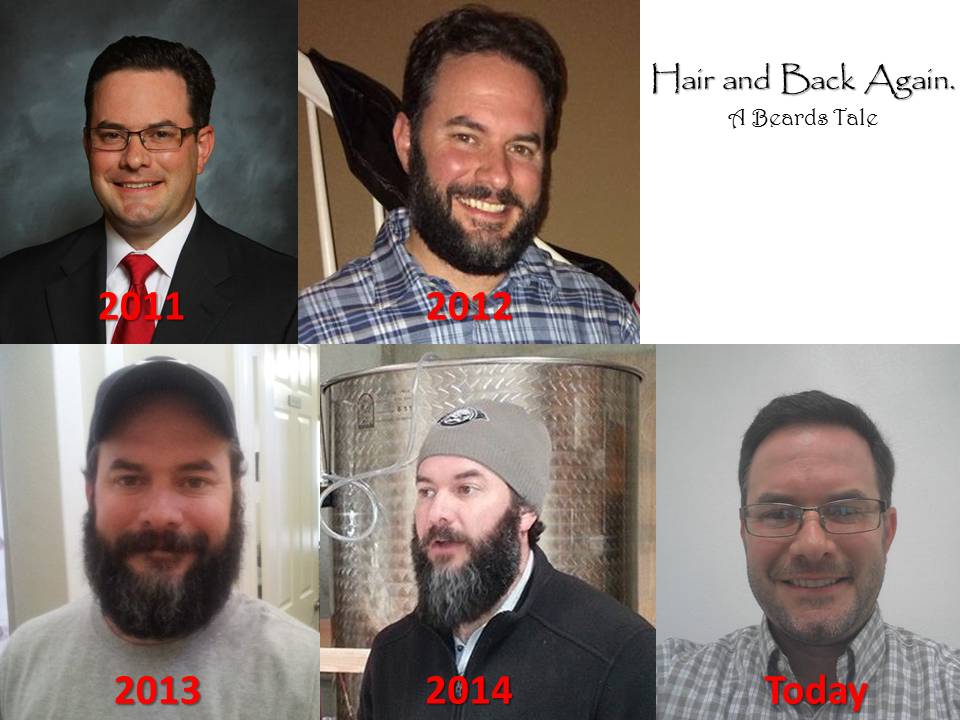
Casey Miles
Founder of The California Spirits Company
1) 5 Bucket List items for this year.
In my understanding, a “Bucket list” is a list of extraordinary things or things you have always wanted to do before you “Kick the bucket”. Since I hope that neither I nor my business will “Kick the bucket” this year, I’ll just call this “Goals for 2015”.
- Turn profitable! Right now we’re generating more expenses with marketing and sales than we’re making in revenues. We need to cross the cash-flow “break even” line this year.
- Finish the barrel house. We don’t have enough room at our production facility for a barrel house so we’ve been looking elsewhere. There are a lot of hurdles with licensing and code inspections that we will need to complete in order to start stocking an aged product.
- Win the local market! This is a battle against information. Most people don’t know that local spirits exist. We’ve always looking for ways to communicate with retailers and consumers about our presence and the quality of our products.
- Help at least 5 new distilleries get started. This is a personal goal for me. I take great pleasure in helping new entrants to this market file their licenses correctly, get through the city inspections, and develop the necessary materials to enter the spirits market. I do this for free because I remember how hard it was and how much I would have loved to have someone who knew the process help me.
- Get through our first year without any major mistakes. This includes and ABC violations, audits, improperly filled out filings, anything that we would have a fine or suspension for! I read the state alcohol laws daily and there is always something new. My goal is to conform perfectly to all the laws and regulations and be a guide for new distillers who may not have the time or expertise to understand and retail all this legal information. In keeping myself out of hot water, I can keep others out of hot water as well and the entire craft market will grow for it.
2) Biggest achievement you personally feel you have accomplished for the rum industry.
I would say that my biggest achievement has been building for the past 2 years and will soon be available. We designed and built our distillery with out own two hands. From the drawings to the plumbing and electrical, I’ve learned every process (lots of YouTube videos) and did it myself. I did all the licensing as well as all the city permits. We took the high road and did it all as thoroughly and professionally as possible and we did it ourselves. That isn’t the accomplishment. This is: We built a distillery that can produce 7,000 bottles of rum per month on a regular 5-days a week, 8 hours a day work schedule. We built it inside the most common footprint available for light industrial space in America: a 2,000 sq.ft. straight unit. We did it without floor drains or sprinklers and we did it in San Diego county (The most restrictive and process driven place in the US). If we built this facility under the most strict of policy and code interpretations, then you can do it anywhere and you can do it for under $180k. We’ve recorded every step from developing a brand and approaching distributors to financial projections, floor plans, and how to negotiate price on a forklift. This will all be in an eBook for anyone who wants a fundamental walk-through of how to actually start a distillery. We cover financing options to each field on the TTB basic permit. More craft distillers will equal a stronger craft market and you heard what a rising tide does for all ships! Our greatest achievement for the rum industry will be a guide on how to get from an idea to distribution.
3) Favorite Drink + Recipe
Well, traditionally, I love the simple rum & Coke (With our AVALON of course!) but I’ve really taken a shine lately to rum punches. This is something that was very common at neighborhood parties just 1 generation ago. Most of us remember the punch bowl with the big floating ring of ice in it. I would love to help bring that tradition back! I shamelessly stole a great rum punch recipe from Bobby Flay and modified it a touch for our rum:Ingredients1 cup fresh lime juice
2 cups grenadine syrup
3 cups AVALON Silver Rum
2 cups fresh pineapple juice
2 cups fresh orange juice
2 cups grenadine syrup
3 cups AVALON Silver Rum
2 cups fresh pineapple juice
2 cups fresh orange juice
Pinch freshly grated nutmeg, optional
Orange slices, for garnish
Pineapple slices, for garnish
Directions
Mix all ingredients together in a pitcher or punch bowl. Chill in the refrigerator for at least 1 hour before serving. Garnish with orange or pineapple slices. As with all cocktails, have a full glass of ice ready for this rum goodness!
4) Where do you see the rum industry today?
Well, I would say at the early stages of it’s global run. From 2008 to 2012, rum grew in consumption 40% globally while Whiskey/Bourbon/Vodka did between 10 and 12%. Rum was by a great distance, leading the spirits industry in growth (bitters was #2 – IBIS report on the Spirits Industry from 2013).
That being said, we still have a bad impression of rum in many parts of the US as a harsh drink made only for mixing. This is an outrage! Rum has just as much range and versatility as Bourbon, brandy, beer, wine, or anything else. If you don’t like one, you can simply try the next. That’s how I developed my pallet for good wine and that’s what will need to be done in the US for this new rum market.
In the face of global economic crisis, the import rum market is commoditizing the product with massive conglomerates buying up all the producers in the Caribbean. In this process, they drive down prices and increase volumes to sell more product at lower margins. This is the very definition of how to reduce quality. This is the opposite of the trends we are seeing in American consumers (The largest rum market).
Americans are increasingly spending more on quality. The craft beer movement has paved the road for craft spirits and we already know the future: quality, good tasting spirits without chemical additives will be in demand. Words like “organic” “local” “craft” and “gluten free” will be the biggest selling words on the bottle. Luckily, we’re in the right place at the right time. We proudly make our rum from molasses at our distillery for this reason. America is waking up to neutral grain spirits are there is no price that they will continue to buy them at. They want locally made, high quality, and something they can feel good about drinking. While the global rum industry is squeezing profits by increasing production and lowering quality with chemical flavorings and neutral spirits, we’re flying in the opposite direction and taking market share. The American rum market is just getting started.
5) Where do you see the rum industry in 5 years?
5 years from now there will be large American producers of quality rums with organic flavorings at mid-scale production (150k cases per year). There will be new and innovative flavors from savory to sweet. This will introduce a new wave of cocktails as rum’s true range is discovered. Rum bars (much like Tequila bars) will be in all major cities and serve American products alongside imports. Rum will begin to move into a more competitive environment in the US and the early producers will begin to acquire the products and ideas of new and smaller innovators. As new technologies like powdered alcohol and vaporized alcohol start to hit the industry on retail shelves as well as at new kinds of bars and options for social gatherings, we will need to continue to stay on the cutting edge and bring quality into these new markets. We are against the industrialization of leisure products. Products for leisure and enjoyment need to remain at levels where quality is the #1 focus. Anything else is simply a commodity.
6) Share some (2-3) of your mentors and how they have helped you.
I must list Frank Dieter as one of my strong influences. He’s trained in the “old way” of doing things and kept me on the straight and narrow path of producing a good product. I threw many ideas at him while we were building our distillery and as difficult as I must have been, he managed to keep me locked on the fundamentals of quality spirits production. He may have cost me a few extra dollars but the product we’re able to produce was worth all the hassle and debate we went through to get here. Thanks Frank! Much of my stubbornness to make a product correctly comes from Frank. Now, when I want to do something cheaper or get cheaper ingredients, it isn’t Frank telling me it’s a bad idea, it’s the little Frank in my head that tells me not to do it!
It may be unfair to lump a lot of folks together like this but I’m going to say the ADI was a huge influence. The American Distilling Institute (ADI) is run by a great bunch of people and they all have encouraged me along my path. From all of the encouraging and supporting talks with Bill Owens to the very technical conversations with Eric Watson, the folks at ADI have given me skills, vision, and confidence. I would be remiss if I didn’t give a hat-tip to Nancy Fraley, Andrew Faulkner, and Anne-Sophie as well. The ADI was a lighthouse for me as I braved the channel from an idea to a distiller. I owe them more than I will be able to repay any time soon.
Info at:
Web: www.calspirits.com
Please follow and like us:



